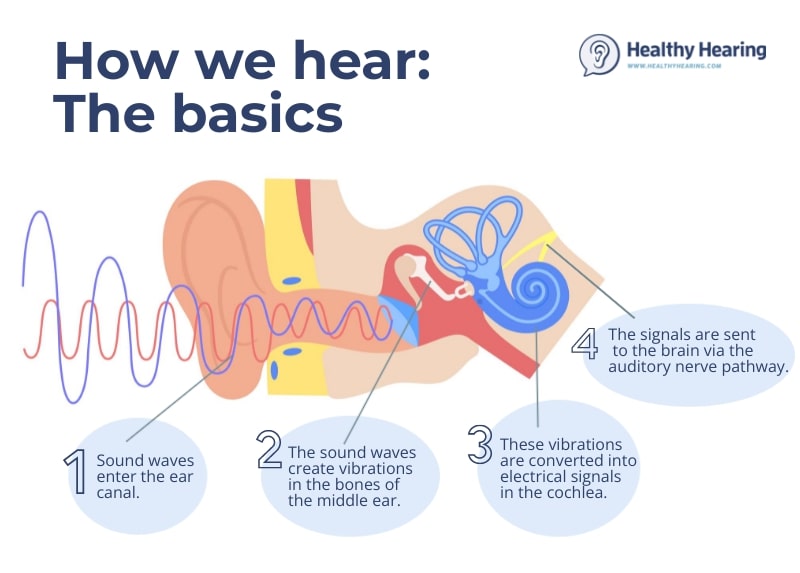Course Overview
- Introduction to Acoustics and the Physics of Sound
- Exploration of Psychoacoustics and Sound Perception
- Immersive Audio Technologies: Dolby Atmos and Ambisonics
- Practical Applications: Designing Surround Sound Environments
Fundamentals of Sound

Key Acoustics Fields
- Physical Acoustics: Examines sound generation and transmission.
- Physiological Acoustics: Explores ear processing and auditory sensations.
- Signal Processing: Focuses on electronic and mathematical sound representations.
See: https://exploresound.org/what-is-new/fields-of-acoustics
Sound, Noise, and Music
- Sound: Vibrational energy perceived as auditory sensations.
- Noise: Unpleasant or unintended sound within a context.
- Music: Temporally organized sound and silence, communicating intention.
- Music involves interaction among composer, performer, and listener.
Noise
- Definition: Non-periodic sound with flat spectral distributions.
- Contextual Example: Noise Music as an art form.
- Music: Organized sound and silence, communicating without direct reference.
- Emphasis on temporal and communicative aspects.
- Interaction: Composer, performer, and listener shape the music experience.
Immersive Audio Technologies
Dolby Atmos
- Object-based audio format
- Allows for precise placement of sound in a 3D space
- Enhances depth and realism in audio experiences
Ambisonics
- Full-sphere surround sound technique
- Captures and reproduces sound field using spherical harmonics
- Offers flexibility in playback systems
Practical Examples
- Now we’ll listen to some 5.1 surround sound, Dolby Atmos, and Ambisonics demos.
